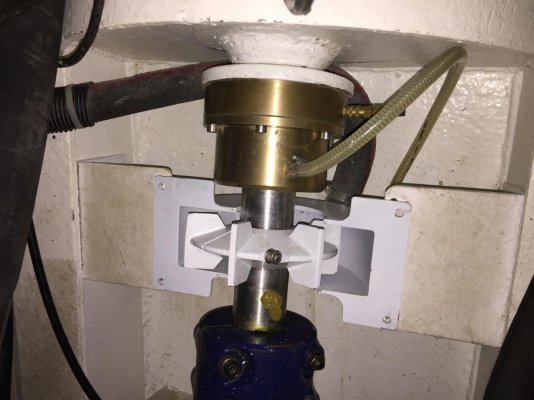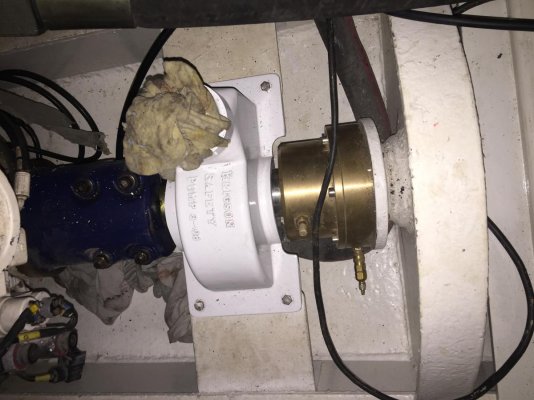psneeld
Guru
Trash pumps are self priming save they need some liquid in them to keep the seals cool until the water flows well.
Used extensively in emergency flooding situations and salvage.
The ones we used in the USCG and assistance towing were gas but diesel was available for bigger pumps. They don't work under water any better than open electric motors and have reliability issues electric wouldnt.
Keep a gallon jug next to the pump with water and you are good to go with the short intake run you have and little head. Keeping a cool head in emergencies applies to not only pumps but in all dangerous situations. Pouring some water in a pump and hitting a switch is not much more demanding than the other tasks going on.
We used the double 3500 gph bilge pump packs and they pale in comparison to any 1.5 inch or larger trash pump...paper ratings be damned.
The pumps have corrosion issues compared to submersible pumps so a bimonthly or quarterly testing would be prudent from my experience.
Ultimately pumps aren't supposed to keep up with damage inflow, they are supposed to dewatering and keep up with patch leaks. Guessing what is actually required is almost a folly as what flow do you start with and what flow do you end up with?
I have been around that block more than once and have no clue fo my boat nor any other....
Used extensively in emergency flooding situations and salvage.
The ones we used in the USCG and assistance towing were gas but diesel was available for bigger pumps. They don't work under water any better than open electric motors and have reliability issues electric wouldnt.
Keep a gallon jug next to the pump with water and you are good to go with the short intake run you have and little head. Keeping a cool head in emergencies applies to not only pumps but in all dangerous situations. Pouring some water in a pump and hitting a switch is not much more demanding than the other tasks going on.
We used the double 3500 gph bilge pump packs and they pale in comparison to any 1.5 inch or larger trash pump...paper ratings be damned.
The pumps have corrosion issues compared to submersible pumps so a bimonthly or quarterly testing would be prudent from my experience.
Ultimately pumps aren't supposed to keep up with damage inflow, they are supposed to dewatering and keep up with patch leaks. Guessing what is actually required is almost a folly as what flow do you start with and what flow do you end up with?
I have been around that block more than once and have no clue fo my boat nor any other....
Last edited:




